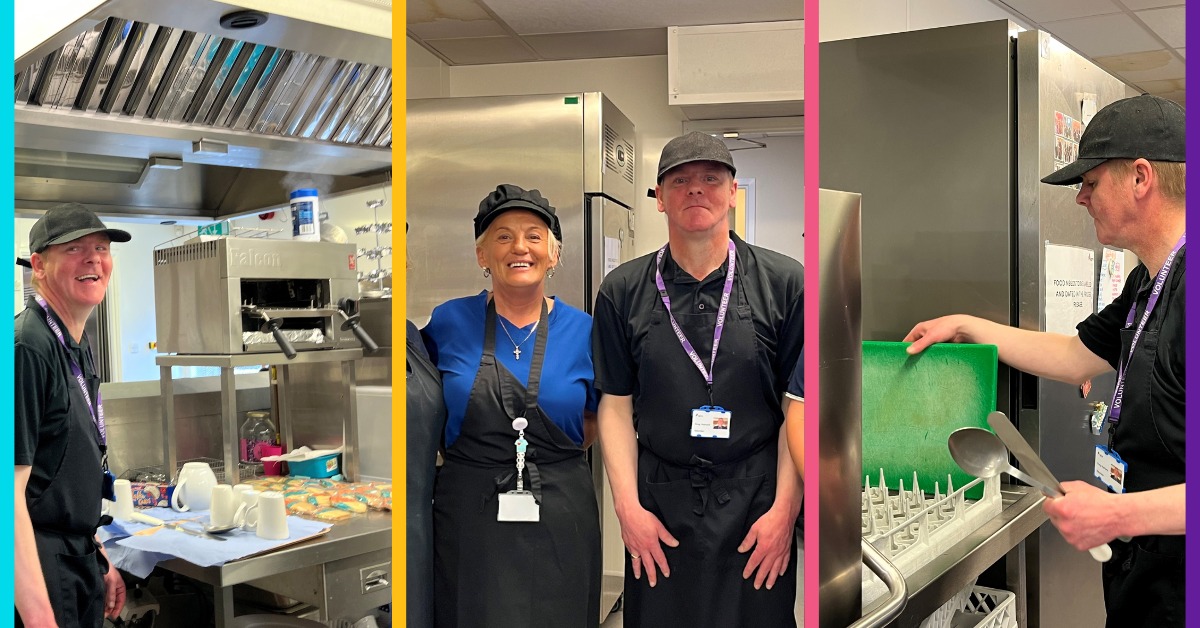Have you ever wondered why some people are better communicators, they seem to connect with some people better than others do?
We all connect differently, in a variety, of ways for different reasons. Communication skills are integral to developing (and keeping) friendships. Expressing how you feel, your preferences, or just to say in a respectful way “thanks, but no thanks” is powerful!
At Aspire, we use an approach called Total Communication. It supports people to communicate in the right way, for each individual, by using a total communication approach.

It is important to empower people to connect with others regardless of their communication difficulties. We ensure people can express themselves by finding and using the right combination of communication methods for each person. These methods reinforce each other and strengthen meaning for each individual.
Top tips to good communication.
- Know your audience – if the person you are communicating with has difficulties using and understanding spoken language, use an alternative such as pictures, photographs or sign language. At Aspire we use Signalong, which is a keyword communication system based on British sign language and is used in spoken word order. https://signalong.org.uk/
- Visual information – Did you know, we process information 80% quicker than words or text? Visual information will often help the person to grasp the concept much quicker than words and text. Using photographs/line drawings or symbols can help your communication partner if they have difficulties with receptive and expressive language. At Aspire we use symbols from; Boardmaker (Mayer and Johnson) https://goboardmaker.com/pages/software-trials and easyonthei ( information design service within the Learning Disability Service at Leeds and York Partnership NHS Foundation ) https://www.learningdisabilityservice-leeds.nhs.uk/easy-on-the-i/image-bank/ which really help us to communicate better with the people we support.
- Engineer the environment – for example, if you are talking about mealtimes, make sure that there are natural cues in your environment. There are five senses used to cue us into mealtimes, e.g., sight, hearing, smell, taste and touch. When offering food options, it would be best to be in the kitchen where you can; show menu choices, be involved in food preparation, smell food cooking, see and hear the table being set for dining. All this information tells us it is time to eat. All of these things can really help you to be better understood.
It is important to remember that communication is key to our mental health. Being able to communicate how we feel helps others to understand us better – and we all want to be understood.



